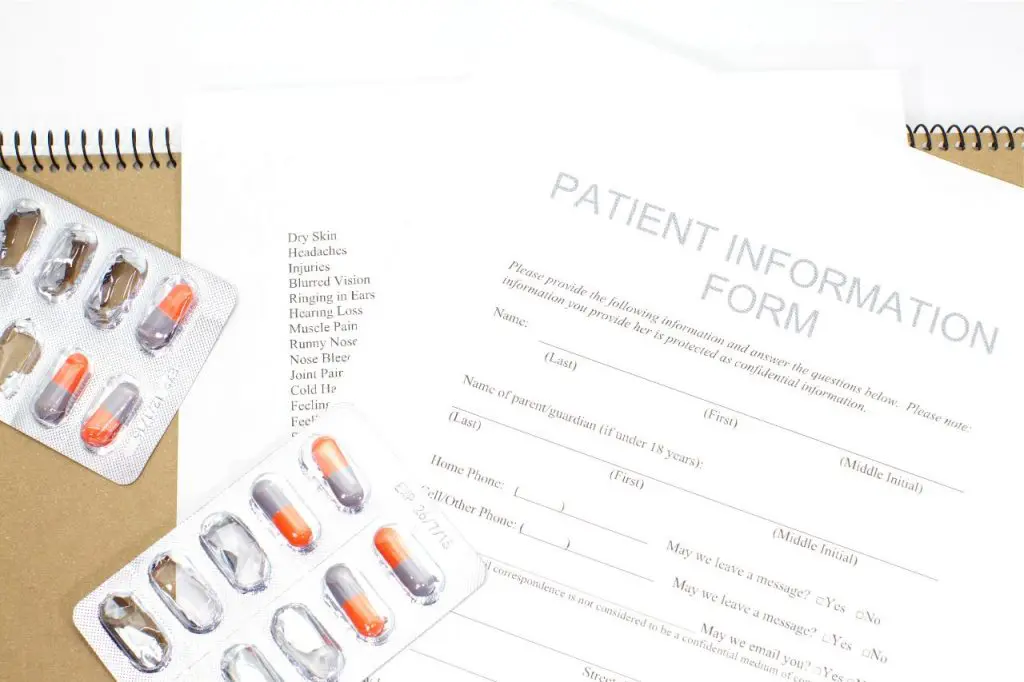Every day, doctors and nurses see patients for a variety of reasons, whether it’s for emergency care or a routine checkup. Most people think that the interaction with a physician is the most important part of a healthcare consultation. However, another vital task often goes unnoticed- patient intake.
In this post, we’ll discuss why a smooth patient intake process is essential for a successful practice. We’ll also offer tips on how to improve it, including the use of digital forms and electronic signatures.
What is patient intake?
Patient intake is usually the first step in the patient care journey. It refers to every step healthcare providers take to collect information from patients who need appointments or admission for the first time.
Typically, this process would involve filling out forms and providing identification and insurance details, medical history, and information on current symptoms and complaints.
All of this information is usually collected during patient intake to create a foundation for effective communication and treatment planning.
Benefits of Improving the Patient Intake Process
If you manage a medical practice, odds are you’re looking for or will eventually need an easy ways to collect information during patient admission. The goal is to make the process of seeing a doctor as smooth and efficient as possible.
Here are some reasons why transitioning to a digitized patient intake process is a great idea.
1. Increased accuracy
Having a standard intake form for all patients ensures that physicians have the information they need for diagnosis and treatment. If patients can fill out forms online, they’re less likely to make mistakes or leave out crucial details.
With digital forms and electronic signatures, patients can quickly confirm that they’ve provided the correct information. As a result, a digital intake process can help prevent errors that may harm patients.
2. Increased efficiency
By collecting information electronically, you can skip paper charts and files. It also simplifies everything from scheduling appointments to checking out after a visit.
Having timely and accurate information readily available makes it easier for doctors to do their jobs. In addition, a smooth intake process reduces the paperwork managed by patients, physicians, and staff. That means less stress for everyone.
Finally, having all of your patient information in a central location helps save time and resources that would otherwise be used for filing and retrieving paper records.
3. Improved patient satisfaction
When patients arrive at a doctor’s office, they want to be seen as quickly as possible. However, when the intake process is inefficient, it can lead to long wait times and frustration. So, a simple patient intake process reduces wait times and boosts patient satisfaction.
One way to streamline the intake process is to use an online form that patients can fill out in advance. This way, when they arrive at the office, all of their information will already be on file. Additionally, requesting eSignatures make it easier to process documents that require verification.

4. Reduced costs
When you move your patient intake process online with forms and esignatures, you’ll see a dramatic reduction in your paper and printing costs. And it’s not just the cost of the paper itself. The cost of storing, filing, securing, and retrieving records really adds up.
With an online patient intake system, everything is stored securely in the cloud, so you can access it anytime, from anywhere. Plus, digital forms are easy to fill out and sign, so you’ll get all the information you need without having to print anything out.
5. Environmental benefits
Moving to an online patient intake system has an indirect yet happy result: reducing your practice’s environmental impact. That’s because you no longer need paper forms, filing supplies, and photocopying. Not only does this save trees, but it also cuts down on the amount of energy and water used to produce paper.
Second, an online patient intake process can help reduce transportation costs. By eliminating the need to send paper forms back and forth, you can save on fuel and cut down on your carbon footprint.
6. HIPAA compliance
HIPAA compliance is a major benefit of optimizing the patient intake process because it helps ensure the confidentiality of patient information. Patient information collected via paper forms is vulnerable to unauthorized access and use.
In contrast, a HIPAA-compliant healthcare solution protects patient information with encryption and password protection. These and other security measures ensure that only authorized individuals can access confidential patient information.
Furthermore, HIPAA compliance requires that all patients be notified of their rights regarding the use of their personal health information. This way, patients can make an informed decision about whether or not they want to participate in a digital patient intake process.
Why should you use Fill forms for Patient Intake?
Fill is an industry compliant cloud solution for document signing and form filling. Switching over to a solution like Fill provides a secure and efficient way for your patients to fill out and sign forms online without having to touch a single piece of paper.
Fill’s eSignature app is also easy to integrate with popular healthcare software platforms. This means your organization can start using Fill fast.
If you are ready to digitize your patient intake process, try Fill for free today.




